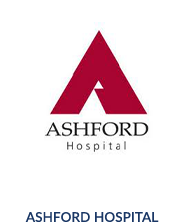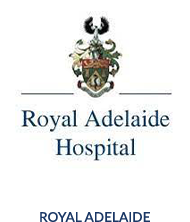What is a biceps tenodesis?

A ‘tenodesis’ refers to a procedure of moving a tendon and attaching it to bone. It is often performed to treat biceps tendinopathy – which is inflammation, tearing and rupture of the biceps tendon in the shoulder. A biceps tenodesis is also indicated to help treat the pain associated with a SLAP tear. A SLAP (Superior Labrum Anterior to Posterior) is a tear of the labrum of the shoulder where the biceps tendon normally attaches. Read more about biceps tendinopathy and SLAP tears.
What’s involved in biceps tenodesis and SLAP surgery?
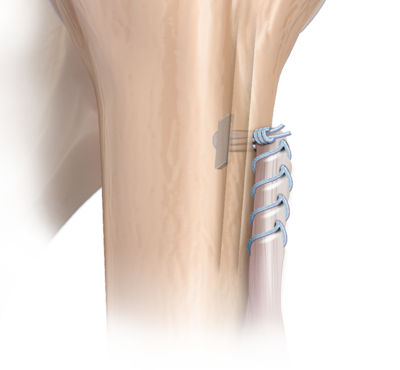
The surgery is performed under a general anaesthetic so you are asleep for the operation. A regional block is usually performed by our anaesthetist to give you good post-operative pain relief as well. A biceps tenodesis and SLAP surgery is a procedure performed via 3-4 keyhole incisions around the shoulder.
Through these keyhole incisions, an arthroscopic camera and instruments are used to access the shoulder joint and release the inflamed and damaged biceps tendon from the shoulder. The labrum can also be debrided and ‘cleaned up’. In some cases, it may require a repair involving the placement of surgical anchors into the rim of the shoulder.
A small incision is made in front of the armpit and the biceps tendon is retrieved out of the shoulder joint and the diseased portion is excised. The healthy tendon is then reattached to the armbone using a small metallic ‘button’.
Risks
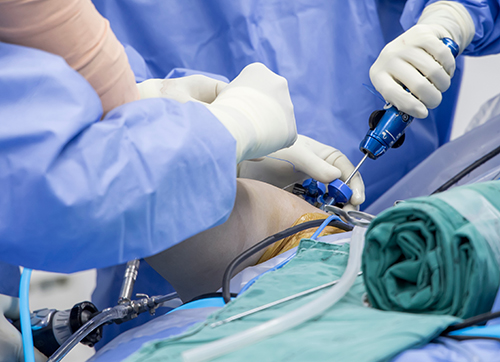
As with any surgical procedure, there is a small risk of:
-
- Infection
- Wound healing problems – very unlikely with keyhole incisions
- Cardiovascular risks – stroke, heart attack, blood clots
- Bleeding
- Swelling of the operated limb – generally subsides within weeks
- Pain – discomfort is expected after an operation, however pain medications are used in a routine manner to relieve this post-operative discomfort
Specific risks of biceps tenodesis and SLAP surgery:
-
- Damage to nerves around the shoulder
- Fracture (very rare)
- Rupture or retear of the biceps tendon
- Change in appearance to the shape of the arm
What happens after the surgery?
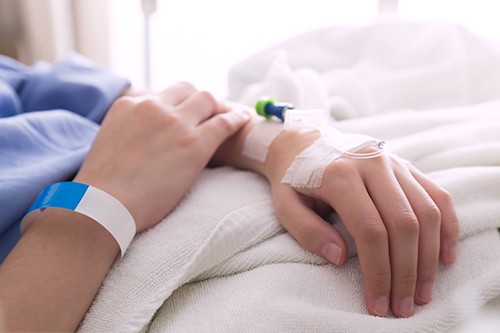
Postoperative instructions and follow up
Immediate post-op
After your operation you will be taken to the recovery room of the hospital, and allowed to have something to drink. When the team is happy the anaesthetic has worn off, you will be transferred to the day surgery area or to your inpatient room depending on whether you will be staying overnight. A sling / shoulder immobiliser would have been placed on your arm in the operating room, and should keep your arm comfortable and safe. If a nerve block has been performed by our anaesthetist, then your arm should feel comfortable but numb for up to 24 hours after the operation. When pins-and-needles are felt in the hand and arm then the block is starting to wear off, and your nursing staff will commence pain medication to keep you comfortable.
Discharge from hospital
On discharge from hospital you will be given:
- Physiotherapy – instructions on exercises that should commence for the shoulder, elbow and wrist. This will involve daily stretching exercises to be commenced in the first week.
- Sling – instructions on the use of your sling, including whether it is allowed to be removed.
- Dressings – please keep dressings dry and do not remove them.
- Follow up appointment time
Follow up
A follow up appointment will have been made for you after the operation. This will typically be an appointment around the 2-3 weeks after the surgery. If you have any concerns before this appointment, call Dr Yu’s clinic on (08) 7099 0188 to speak with us.
My goals as a surgeon are to relieve your pain, restore your function, and return you back to doing what you love.
– Dr Raymond Yu
- Adelaide Orthopaedic Surgeon
- Adelaide Shoulder Surgeon
About
Dr Raymond Yu
Dr Raymond Yu is an Adelaide Orthopaedic Surgeon with post-Fellowship expertise in Shoulder and Elbow Surgery.
He specialises in orthopaedic surgery of the Shoulder and Upper Limb with a focus on modern keyhole and minimally-invasive techniques.
Dr Yu has a special passion for:
- Rotator cuff repair surgery
- Shoulder replacement surgery
- Shoulder stabilisation surgery
Dr Yu practices at



